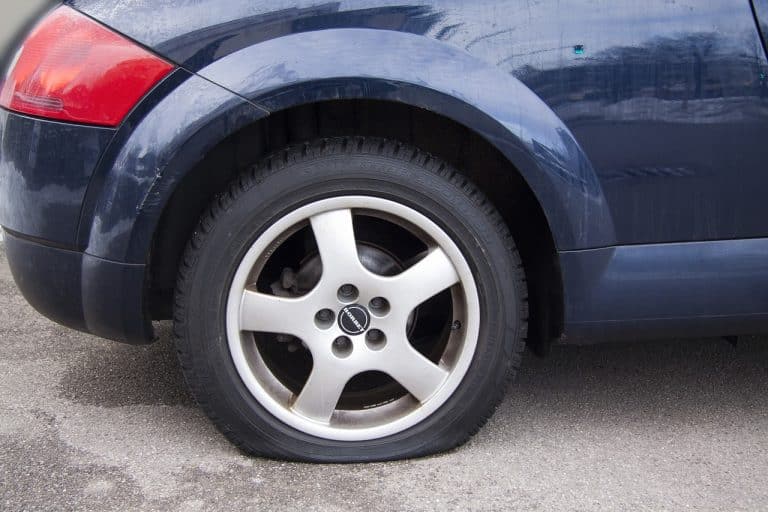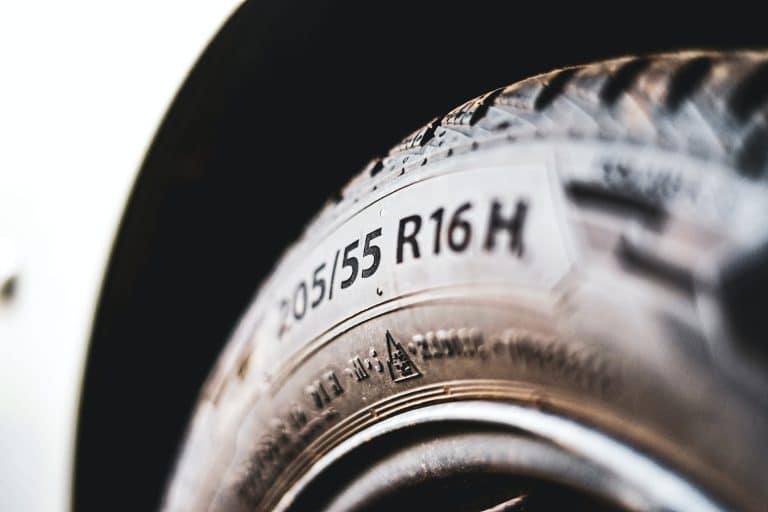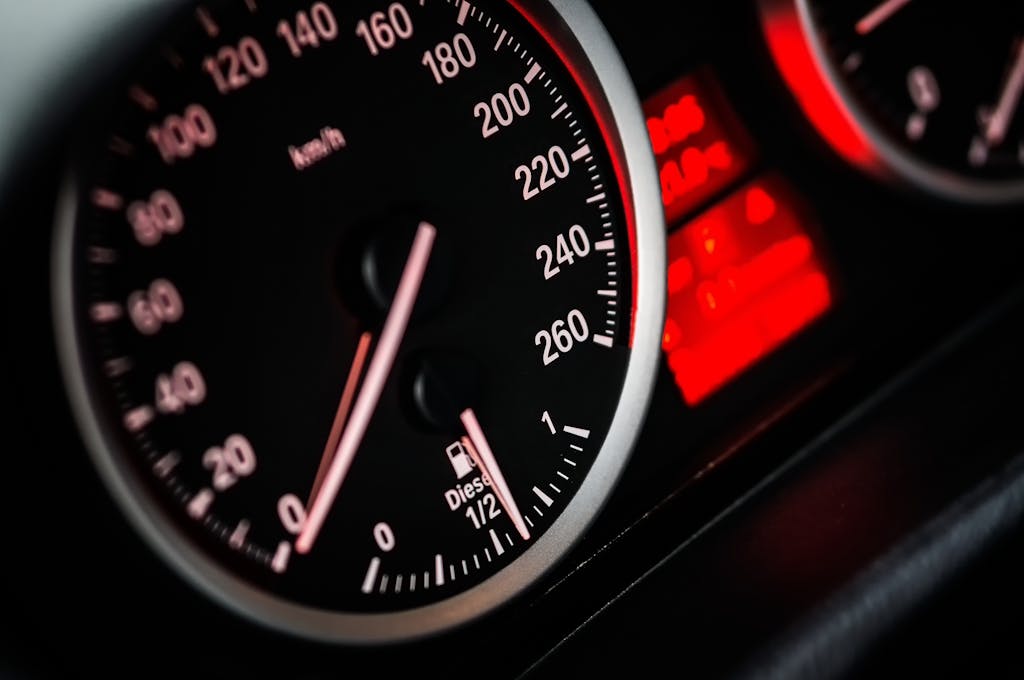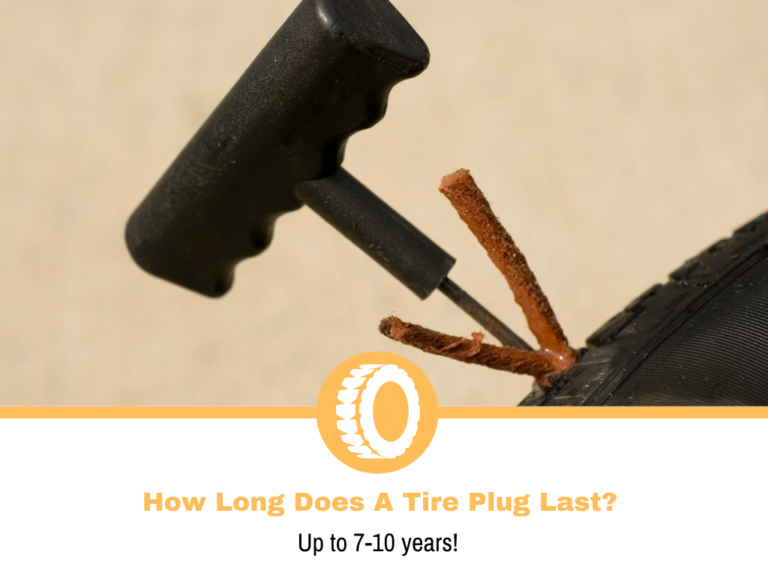Can You Put A New Tire On A Bent Rim?
In order for a car to do what it is intended to do, it needs to be able to drive in a safe and predictable manner. This means that driving on damaged or defective wheels is certainly not an option. We all know that the modern-day driving experience poses lots of challenges such as aggressive potholes, sharp curbs, or aggressive speed bumps.
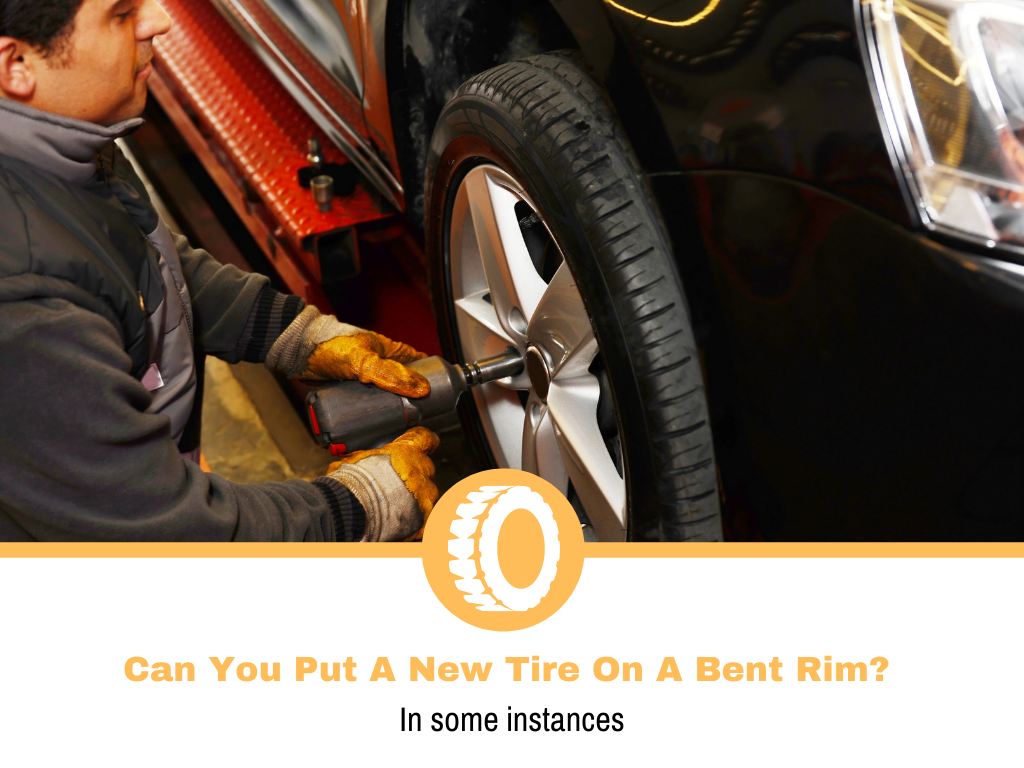
All of these are known to cause damage to the wheel, so much so that they could also puncture the tire. As such, you will have to replace the tire to continue on your journey, but can you put a new tire on a bent rim?
Can You Put A New Tire On A Bent Rim?
If the rim is not completely bent out of shape, you should be able to mount a new tire on it. However, this is not an advisable thing to do because bent rims will cause all sorts of issues such as a bumpy ride, increased vibrations through the steering wheel, poor handling, tire defects, and decreased fuel efficiency.
You should either repair the rim (if possible) or invest in a completely new rim. It’s impossible to overemphasize the importance of wheels and tires as they are in constant contact with the road. This means that all driver inputs are being channeled through the wheels and therefore, they need to be in an adequate shape at all times.
What Happens If You Drive On A Bent Rim?
- You will not be able to balance it
- Your steering wheel will vibrate
- Your fuel efficiency will decrease
- Your tires will not last as long
- Your handling will be impaired
- Your comfort will be impaired
Can I Balance A Bent Rim?
Balancing a rim bent out of shape is almost impossible as the rim is not always rotating in a balanced manner. When the wheel withstands an impact strong enough to bend the wheel, chances are that the entire rim is out of whack, not just the part where the rim is visibility bent. Balancing such a wheel is tricky.
Even if you do manage to balance the wheel to some degree, your other wheels will suffer because they will have to be balanced in accordance with the bent wheel. A bent wheel is also unable to maintain its composure which means that it will need balancing more frequently which inevitably means that all four wheels need frequent balancing.
Does A Bent Rim Cause Steering Wheel Vibrations?
A bent rim is unable to provide a continuous contact patch with the road which means that with every rotation, the part of the rim that is bent is going to shake the entire car whenever it comes in contact with the surface and thus causing shakiness and increased levels of vibrations.
A more severely bent rim is likely going to cause shakiness or even loud thumping noises while a mildly bent rim is only going to vibrate. Many people initially think that their wheel balancing is to blame, so be sure to inspect all of your wheels and tires before you take your car to wheel balancing.
Will A Bent Rim Hurt My Fuel Efficiency?
Indeed, it will. The reason being is that all wheels and tires have a distinct rolling resistance that needs to be conquered in order for the wheels to turn. This is why cars come with engines that are able to produce the torque necessary to spin the wheels. As we all know, engines use more fuel when they produce more power and higher rolling resistance means that more fuel needs to be burned for the wheel to turn.
Granted, the differences, in this case, are rather marginal which means that you will not be paying larger fuel bills directly. However, you need to be aware that these effects add up over time which means that driving with a bent rim for a long time is going to make a noticeable dent in your fuel bills.
Does A Bent Rim Destroy Tires?
A fully functioning wheel and tire combo is intended to create a perfect seal between the tire and the rim in order for the air pressure to stay as constant as possible. Therefore, if the seal is compromised due to a bent wheel, the air is likely going to escape from the tire a lot faster than it otherwise would. Furthermore, the place where the rim is bent is likely going to strain your tires a lot more.
Whenever the part where the rim squeezes the tire comes in contact with the road, it hurts the tire and in the not too distant future, your tire will also be toast. Finally, we have already mentioned that it is difficult to maintain a tire on a bent rim which is likely to speed up uneven tire wear which is known to kill tires prematurely.
How Does A Bent Rim Affect Handling?
A bent rim is likely going to either pinch or point a tire which means that the tire will not be properly secured onto the rim. This is extremely important when it comes to being able to control the car properly and safely. Consequently, if the rim is bent and you are unable to control your car to the best of your abilities, your handling is going to be significantly impaired.
All the inputs a driver does need to be translated onto the road through the tires. If one tire is different than the others, it means that the input balance across all four wheels is inconsistent and thus makes the car handle a lot worse than usual.
How Does A Bent Rim Affect Comfort?
The three key ingredients to a comfortable and seamless ride quality are the noise levels, vibration levels, and the car’s ability to soak up bumps. A bent tire will cause acoustic inconsistencies which are likely going to hamper the noise levels, especially while driving on the highway where the stress the tires endure is at its most extreme point.
Secondly, we have already mentioned that a bent rim causes vibrations and shakiness through the steering wheel. Thirdly, and lastly, you will not be able to soak up all the bumps because your wheel essentially has a bump on top of it.
Is It Safe To Drive On A Bent Rim?
One thing is for certain, and that’s the fact that driving on a bent rim is nowhere near as safe as it is driving on a perfectly fine rim. Even though driving on a slightly bent rim is okay for shorter distances and slower speeds, it is still not something you should do because you can cause additional damage to your suspension and your drivetrain components.
If you are in an emergency, only drive the car to your nearest repair shop or simply get away from traffic. The worst part of a bent rim is that you can experience a tire blowout any minute which could easily double, or even triple your repair costs.
Does A Bent Rim Affect Alignment?
The wheel, the brake assembly, the suspension, the drivetrain, the transmission, and the engine are all interconnected and designed to work in perfect harmony. This means that if one of these components is experiencing issues, those issues could also translate to all the other components connected to it.
Many experts state that a bent rim is always going to affect your alignment because misaligned wheels are most commonly caused by strong impacts on the wheel assembly. Moreover, a bent rim tends to cause the car to pull to one side or the other which is one of, if not the most common symptom of wheel misalignment.
If you have any experience with maintaining cars, you know how important a precise wheel alignment is to all of the components mentioned above.
Can I Fix A Bent Rim With A Hammer?
If you want to fix a bent lawnmower wheel, yes, but if you want to fix a car rim, absolutely not. Even though it may seem that hammering the dent could straighten it up significantly, it still does little to the wheel’s conformation with the tire and the seal we mentioned above. The seal between the tire and the wheel needs to be linear, anything less than that is simply not worth the effort.
Conclusion
In some instances, it may be possible to put a new tire on a bent rim, but doing so is not exactly advisable. A bent rim is a bent rim, no matter the tire you mount to it which means that you should put that very same tire on a fully functioning rim. Risking yourself, your car, and everyone else around you simply is not worth the money.
A bent rim is going to cause all sorts of irregularities with the driving experience which ultimately leads to even more problems with the tire, the suspension, the drivetrain, the handling, and even the very minimal levels of safety.
